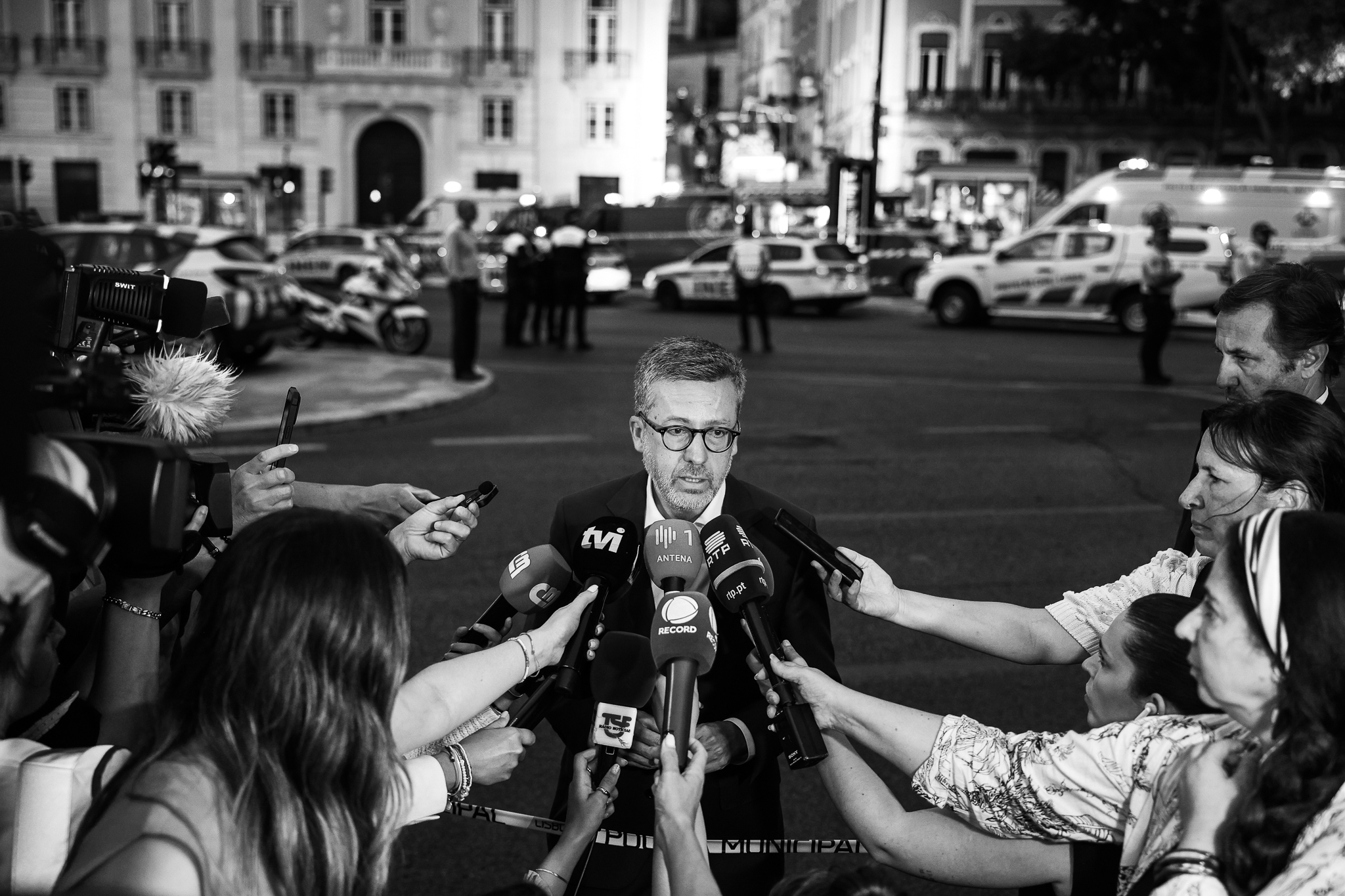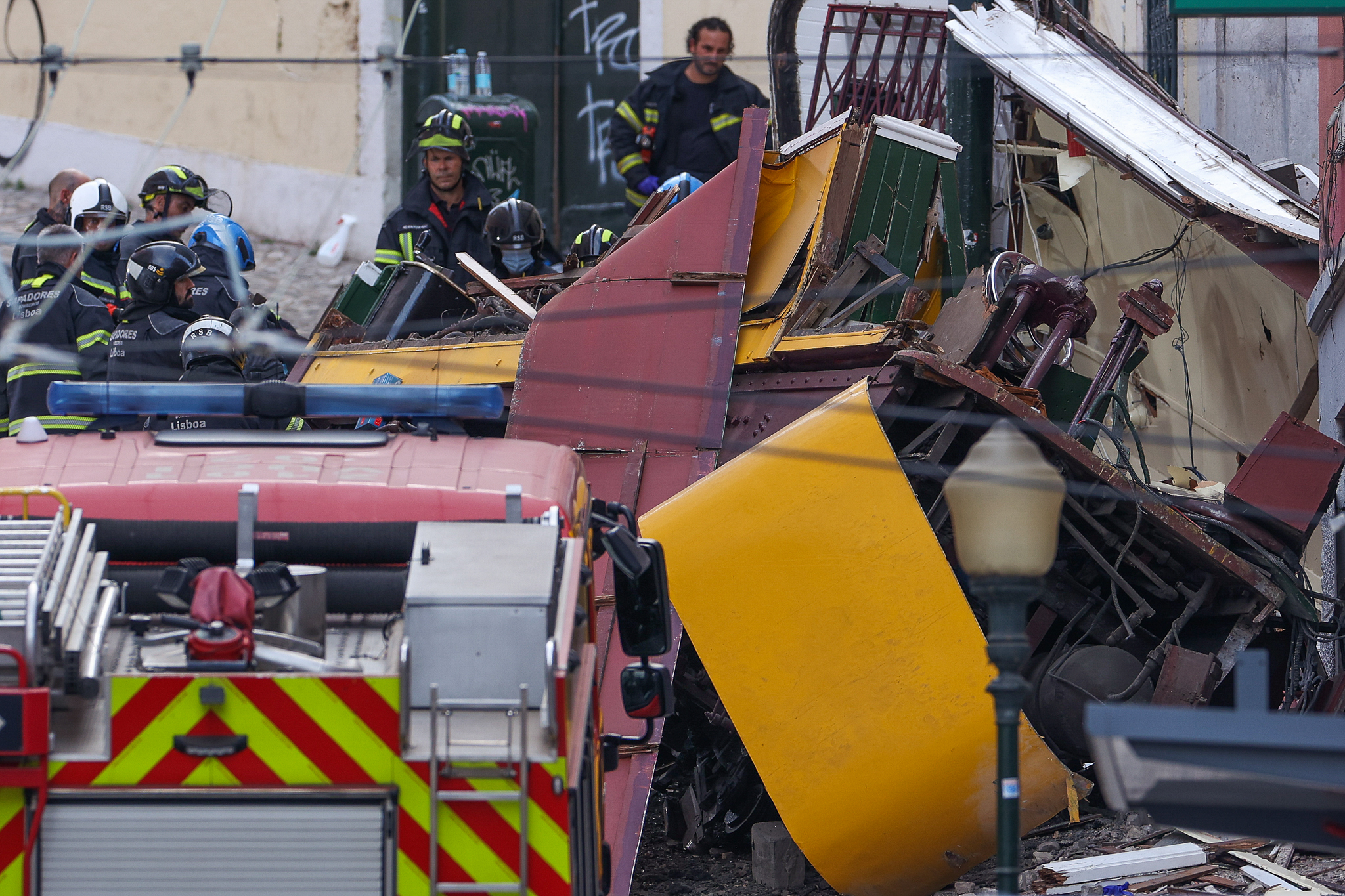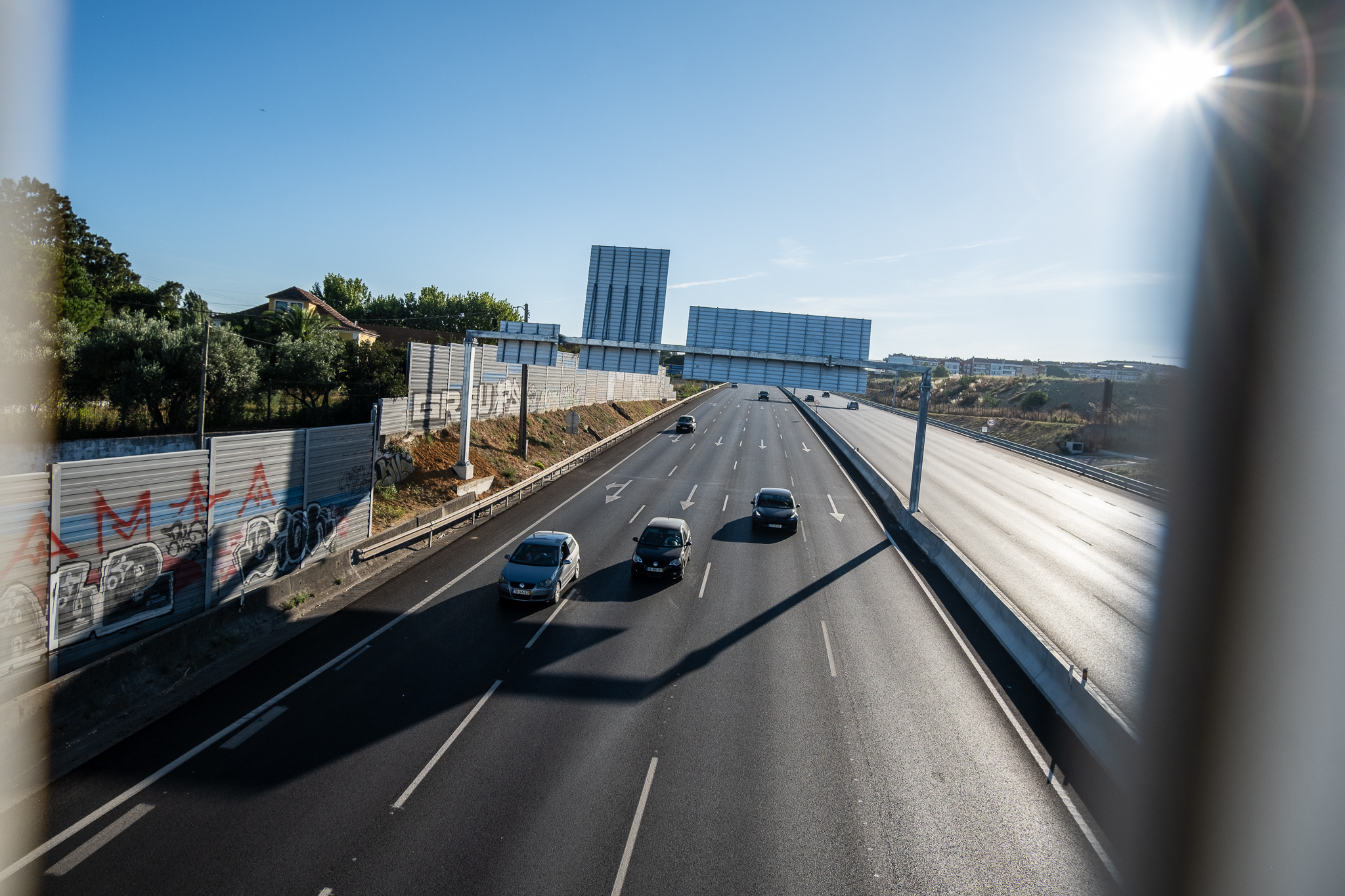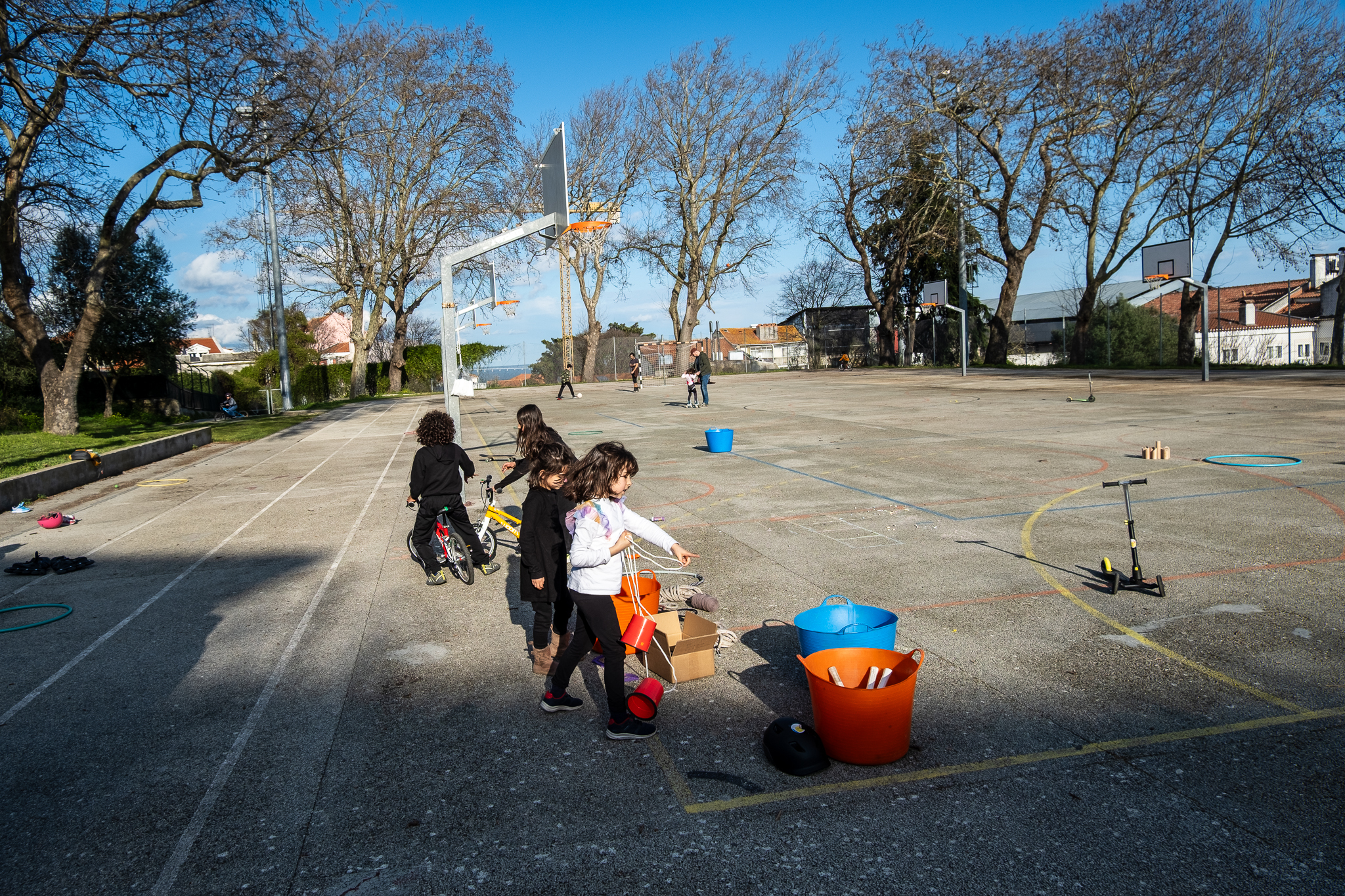One of the most significant interventions took place in Avenida Cidade de Praga, in Carnide. But trees were also planted in Areeiro and Campo de Ourique, as part of the "A Tree Around Every Corner" initiative and the "Cool the City" program.

Trees play a crucial role in the urban environment, offering several advantages to cities. They improve air quality by absorbing carbon dioxide (CO2) and other air pollutants and releasing oxygen; they reduce urban heat by providing shade and reducing air temperature through transpiration; they promote biodiversity by attracting birds and insects; and they play a welfare and landscape role by contributing to more visually pleasing and quieter urban areas.
Recognizing these benefits, the City of Lisbon developed, in 2019, the program A Tree Around Every Cornerwhich it has now integrated into a broader initiative - the Cooling Down The City involves other natural-based measures to create islands of freshness in the urban space, contributing to the microclimatic regulation of the city.
O A Tree Around Every Corner wishes to "respond to thermal discomfort at street level, contributing to local climate mitigation and reducing heat island effects"according to the project's descriptive memory. Under this program, interventions have been planned in at least eight different locations in the city, covering the planting of a total of at least 433 trees and various shrubs. The interventions were divided into two blocks - A and B - with block A having recently been executed.
Block A of the A Tree Around Every Corner involved planting a total of 401 trees in four different locations. The most significant was in the Prague City AvenueIn Carnide, an artery that already had trees in the separator along most of its route. This planting has now been reinforced by planting shrubs and herbaceous coverings; were replaced some trees in bad condition for new copies; and it was extended the tree-lined corridor from the "Renault traffic circle" to St. Francis of Assisi Square (the "red sculpture traffic circle"), where there was no tree at all.

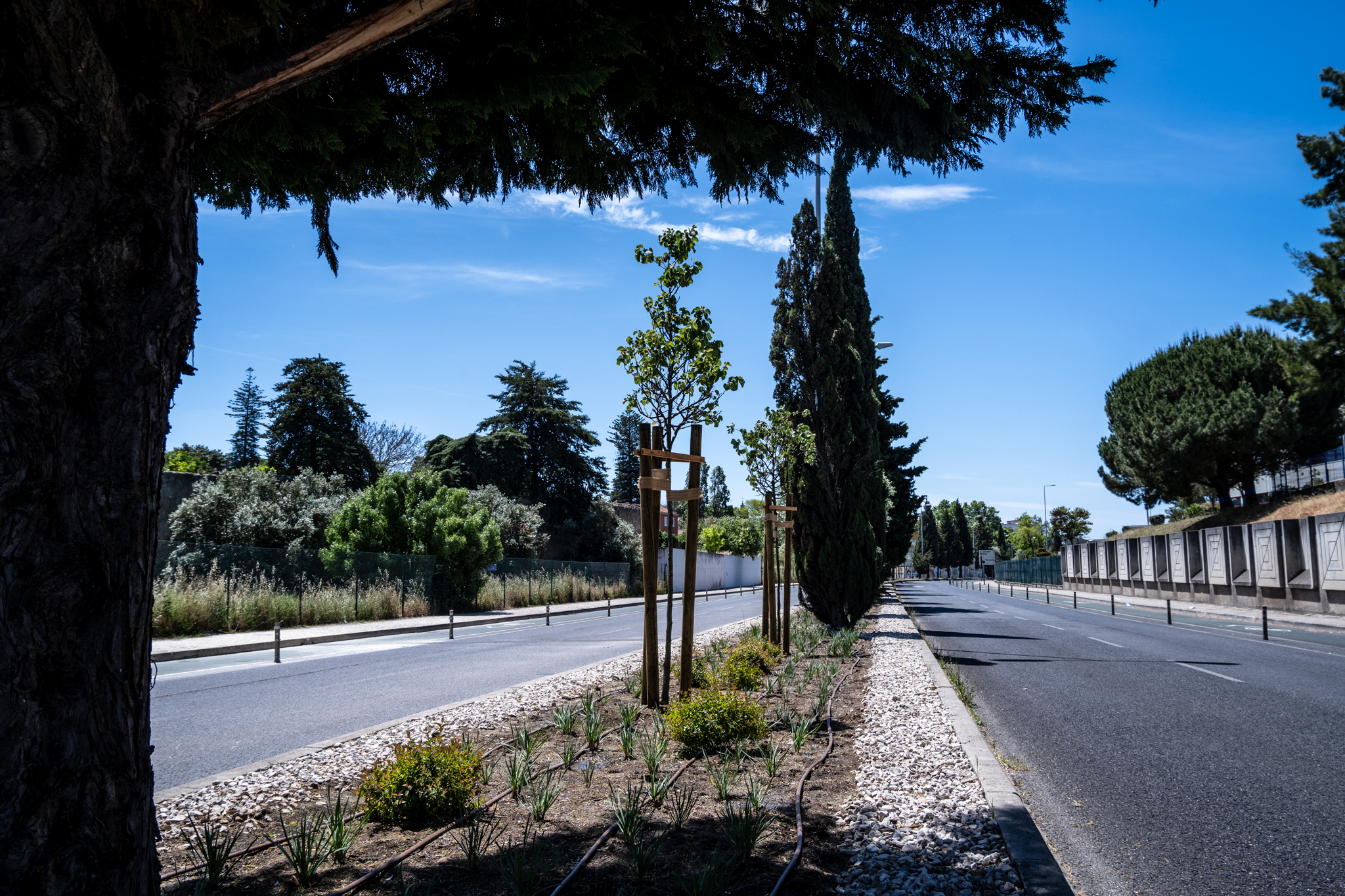


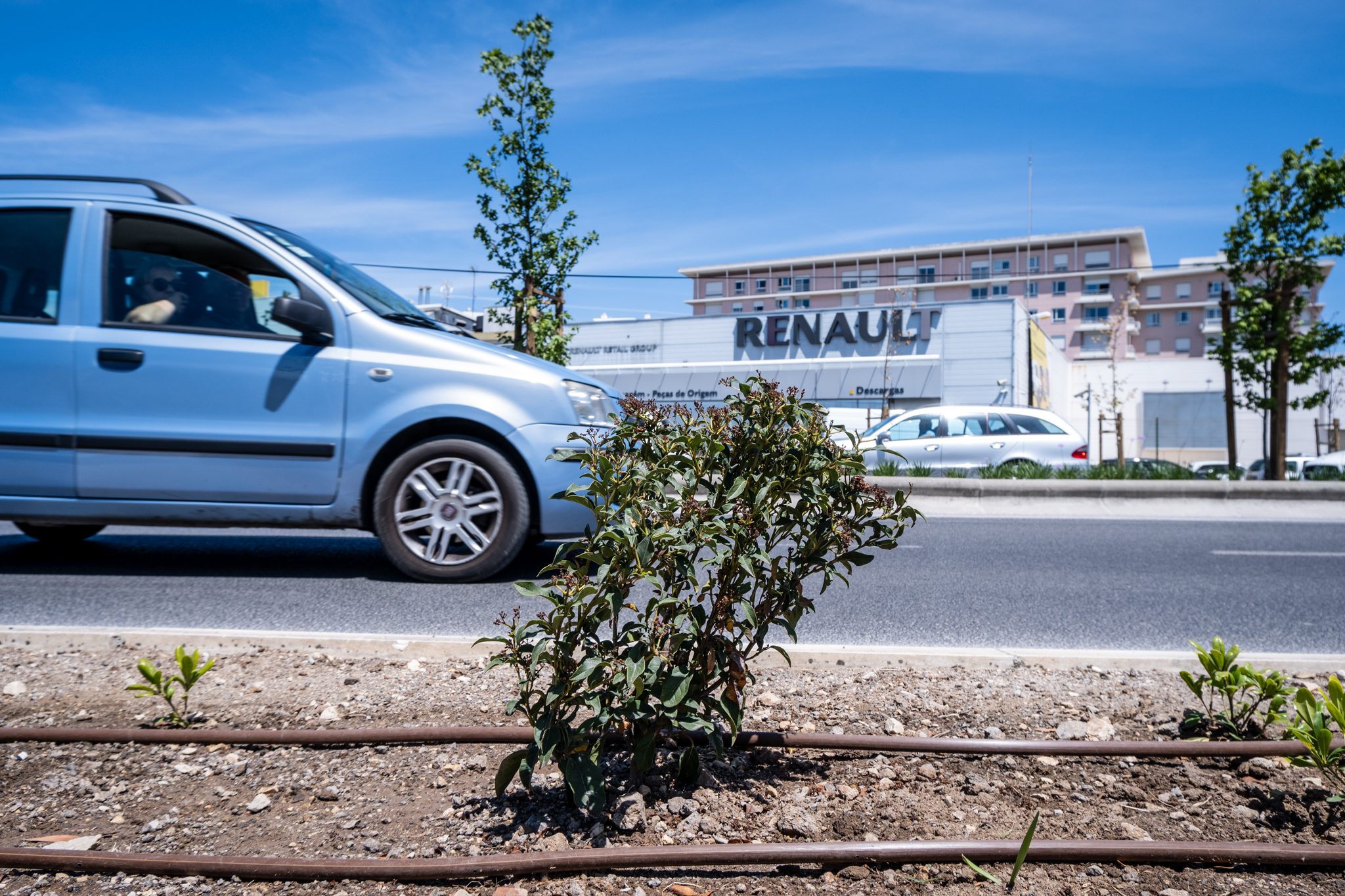
In total, 162 trees, 1104 shrubs and 4638 m2 herbaceous covering. "The selection of species of trees, shrubs and herbaceous plants had as a criterion the selection of species well adapted to the local climate, with low water requirements and high chromatic and floristic value"can be read in the descriptive memory. To ensure the success of the plantations in an initial phase (these are species that "drink" little water and that, in the long term, will survive without irrigation), an automatic irrigation system was installed drip on the central separator and flowerbeds of this Avenue.
Another intervention took place in Jorge Castilho and Barão de Sabrosa streets, in Alto do Pina, Areeiro parish. In the set of these two streets, were opened 19 boilers for 19 medium-large trees in pedestrian areasIt offers shade for those on foot. Still in the same area, but closer to the Olaiaswere designed 19 boilers on Avenida Afonso Costa, next to the Casal Vistoso Urban Park and the Lisbon City Hall social services building, providing shade to the sidewalk and continuing the existing planting with the same species. The green infrastructure of the Urban Park was also reinforced with new trees and shrubs of local flora, contributing to lower maintenance costs.
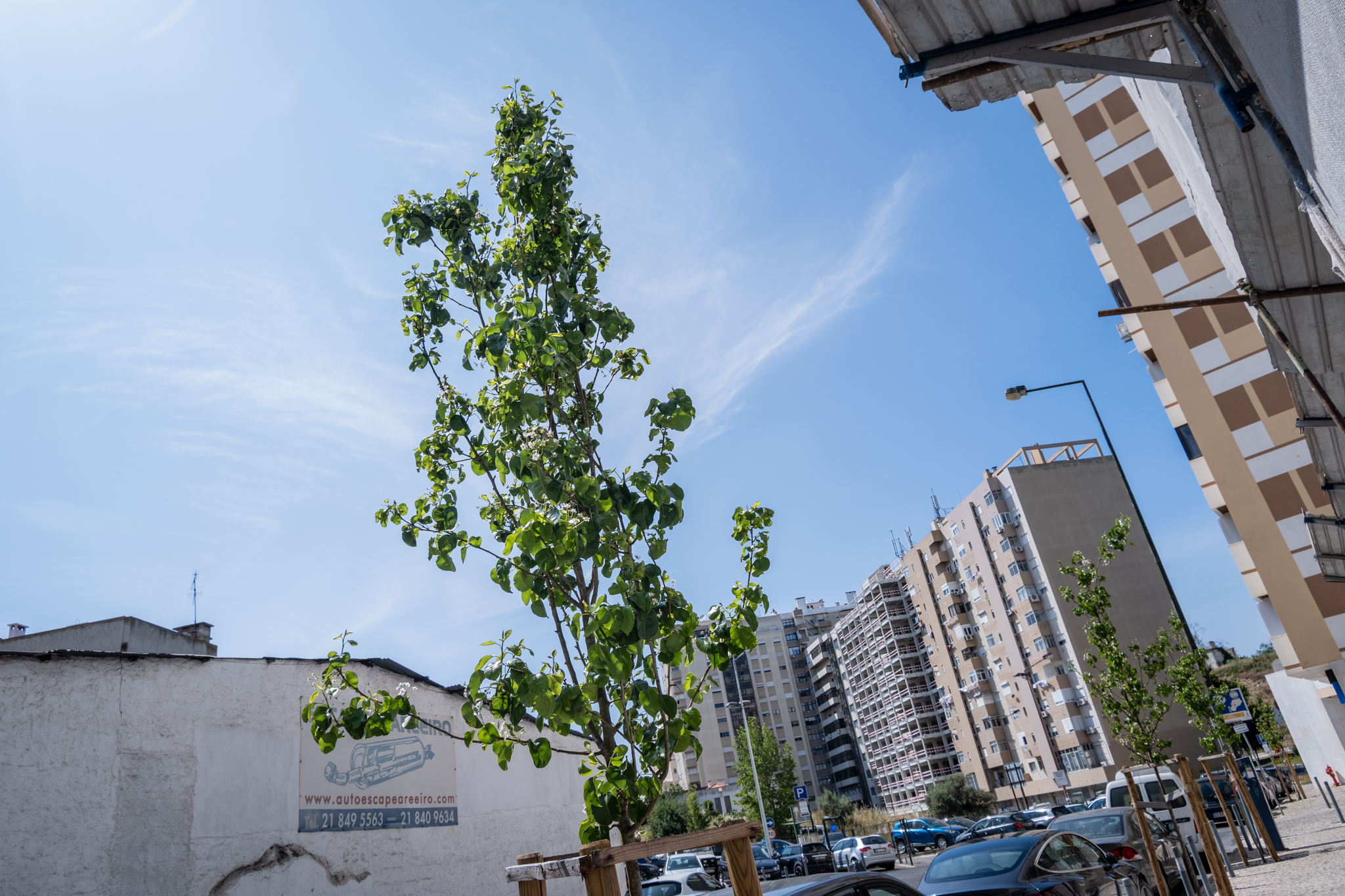

In Campo de Ourique, a small vacant lot on Joshua Benoliel Streetwhich had been forgotten between construction sites, has now been paved with the planting of three trees in boilerIn the same parish, in the same name, the installation of benches and bollards to prevent abusive parking. Still in the same parish, in the Prof. Gomes Teixeira Street, the existing trees on one side of this street were reinforced with the planting of four boiling trees of the same species but across the street. This contract for block A of the A Tree Around Every Corner together cost approximately 167.3 thousand euros. I had been awarded still in 2021 to the company Flora Garden - Projectos Silvicultura e Jardinagem, Unipessoal, Lda.
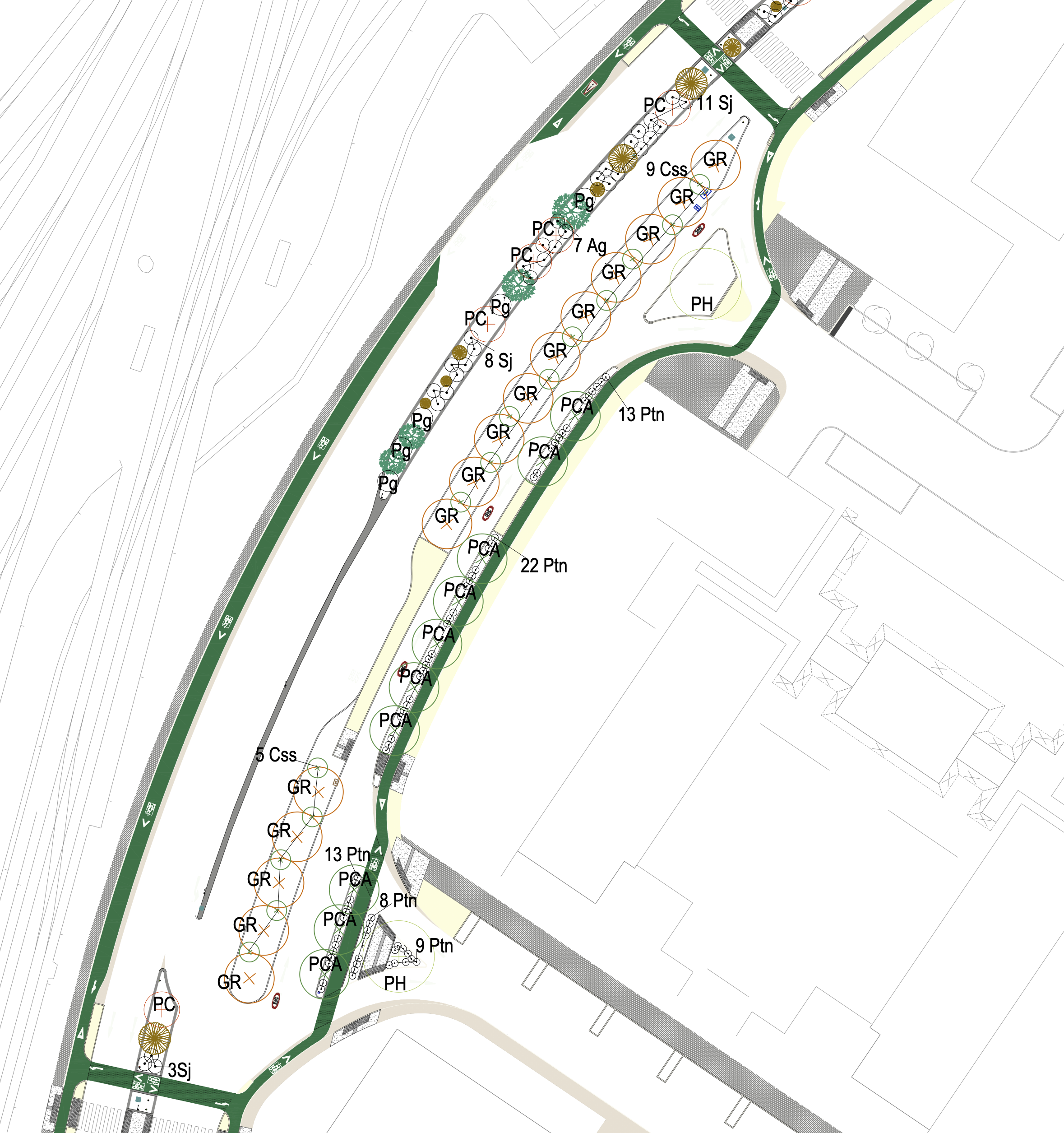
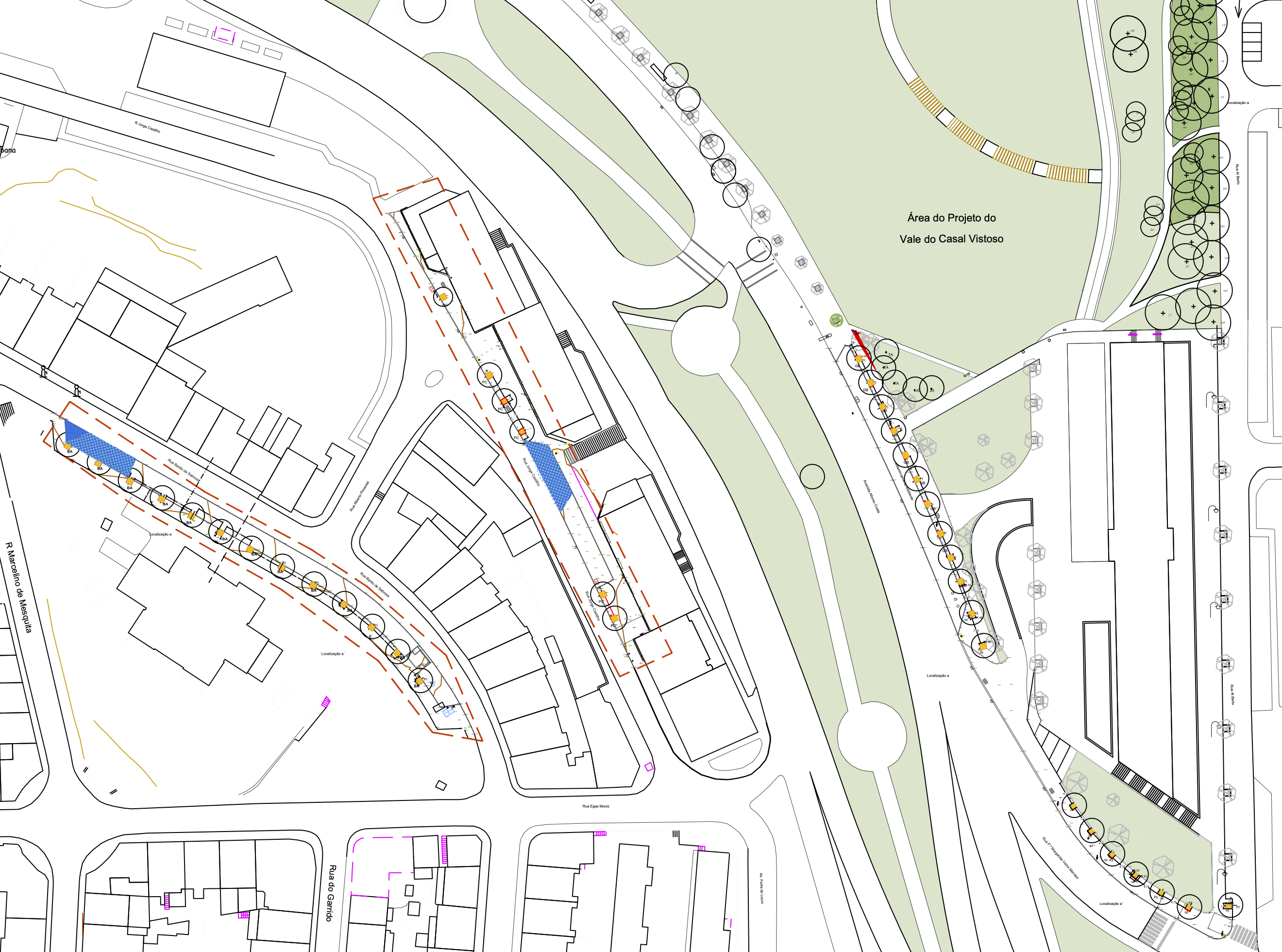


In the descriptive memory, one can read that in this intervention were sought-after locations "more favorable" for tree planting "in a sidewalk zone and with a width considered sufficient for the building facades, and also taking into account the subsoil infrastructure cadastre". The project also sought to address the "effects of heat irradiation from paved areas" with the planting of trees and shrubs along roadsides. On the other hand, "the introduction of trees on the city sidewalks enhances direct solar reduction on the facades of buildings and other spaces of stay producing an improvement in thermal regulation of the urban space contributing to an improvement in the quality of life of its inhabitants".
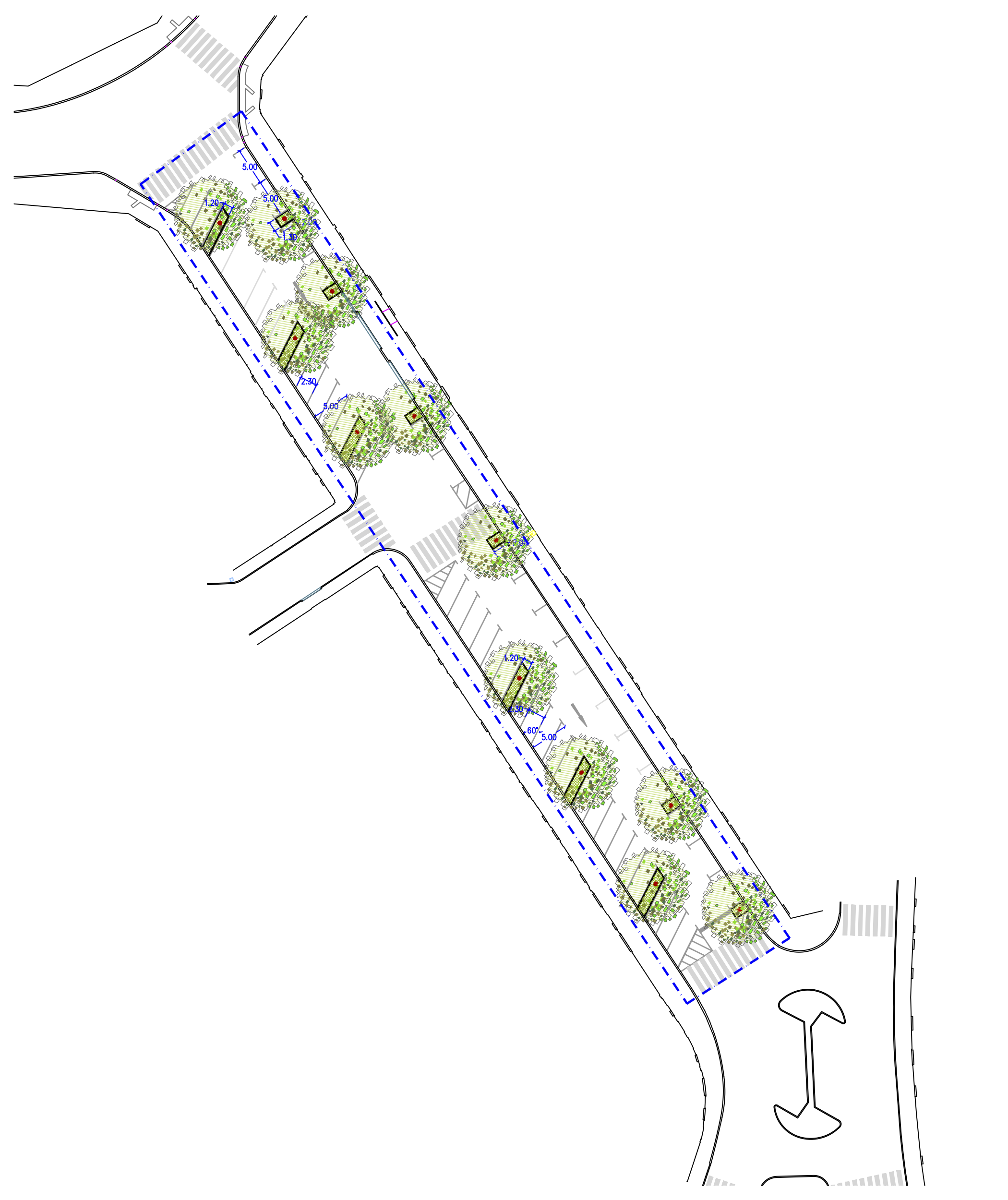
Block B of the A Tree Around Every Corner was also awarded in 2021 for about 18,200 Euros; although this block includes the planting of 32 trees on four different sites, only 15 have so far been planted on two of those sites. Unlike block A, the interventions in this package mostly involved moving car parking. In the parish of Penha de França, 14 trees were planted in the streets Enfermeiras da Grande Guerra and Triângulo Vermelho - because they are narrow one-way streets, with two-way parking and narrow sidewalks, the planting had to be done in the parking zone, implying the removal of only four of the 57 parking spaces on these two streets. On Cidade da Horta Street, in the parish of Arroios, a tree was planted, along with a bench, in an area where the sidewalk is wider and forms a small square. Block B also foresaw, next to the Arroios Market, more specifically in the José Ricardo Street, so much in need of shade, the planting of 12 trees in a parking area, with the suppression of only two of the 50 parking spaces existing in this street. In the parish of Campo de Ourique, five trees were planned in a wide area of sidewalk between Estrada dos Prazeres and Rua Freitas Gazul.
📁 Documents
Cool Lisbon
The City of Lisbon integrated the interventions A Tree Around Every Corner in a bigger hat, the new program Cooling Down The Citythat has been developed by the municipality's Environment area. Through this program, micro-scale solutions are being worked on with the cooling of the city in mind: in addition to planting trees, which capture CO2, refresh the air and provide shade, interventions are being planned for:
- increase pedestrian mobility and decrease automobile traffic, since the circulation of vehicles is a source of heat through the combustion that takes place in the engine, and the air pollutants emitted aggravate heat retention in cities;
- replace asphalt with other lighter colored materials, such as paving, to increase the reflection of incident solar energy and thus reduce heat absorption (light colors reflect heat better than dark colors).
In this context, the program Cooling Down The City proposes to respond to the urban heat island effect by afforesting streets while improving their pedestrian accessibility and road safety. One of the most significant interventions planned under this initiative will take place in the Colonias neighborhood, in Arroios, between Praça do Chile and Intendente. It is planned to plant more than 70 trees at intersections, which will be headed, eliminating abusive parking, improving crosswalk safety, and creating new opportunities to stay in the neighborhood.
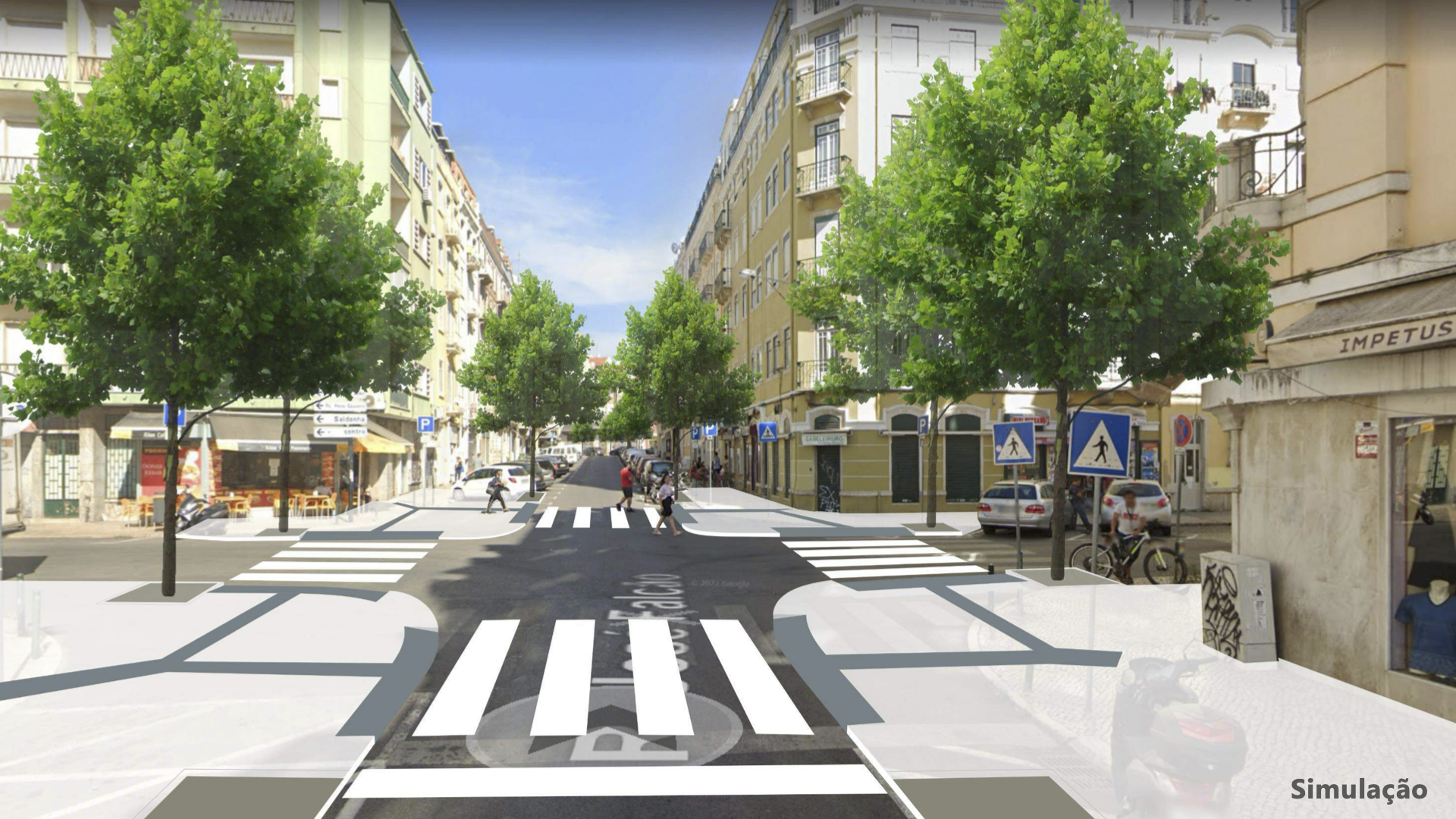
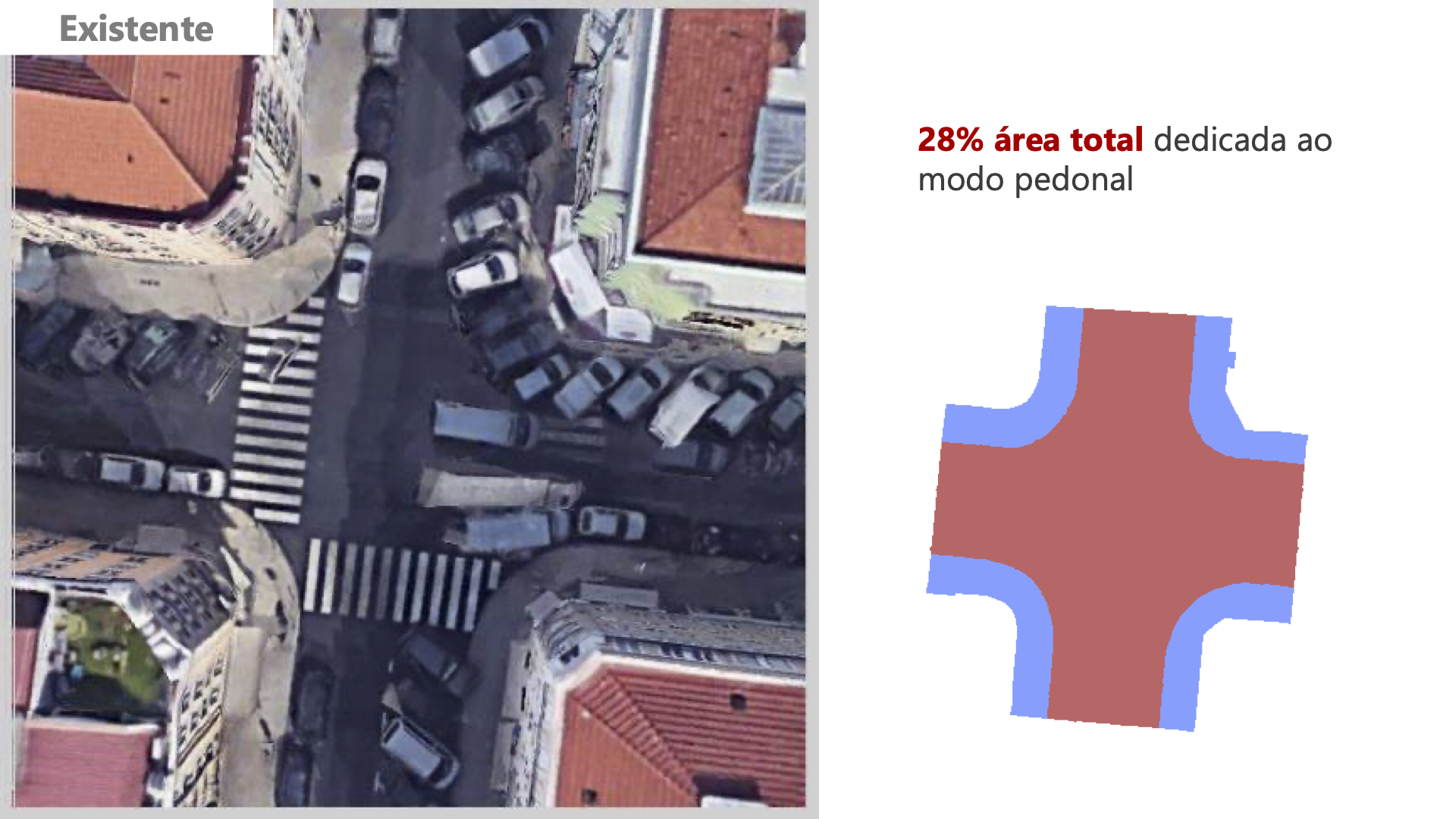

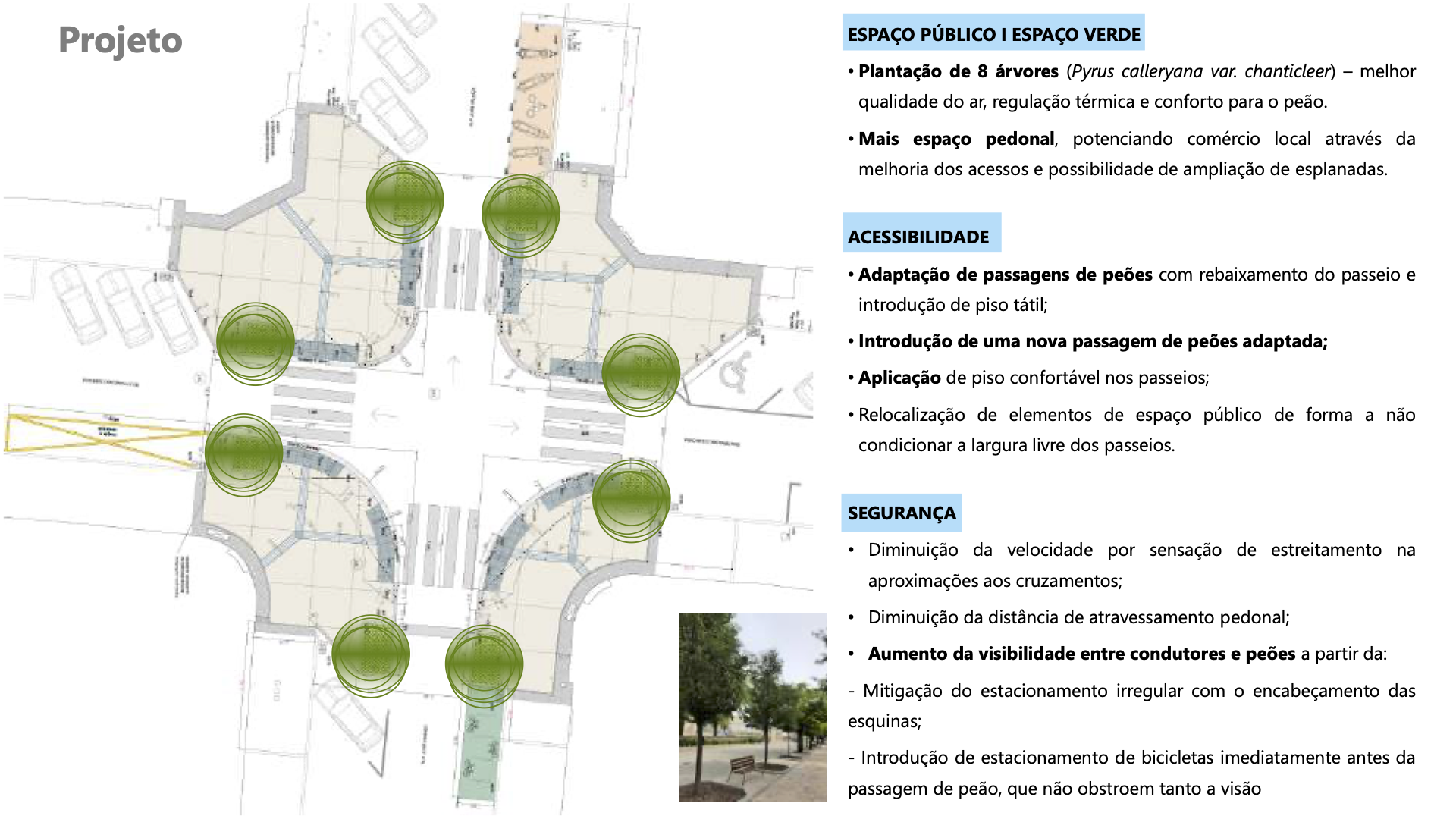
In all, the pedestrian area that currently represents 30% in the intervention area will increase to 55%, and the area allocated to cars will decrease from 70% to 45%. In addition to the enlargement of the pedestrian area, there will be comfortable pavements adapted to people with reduced mobility, 38 visible and accessible crosswalks, eight rest areas with benches and other furniture, and 20 parking lots for motorcycles and bicycles near the crosswalks (where a parked car would reduce the visibility of a driver towards a pedestrian who is trying to cross the road).
The Lisbon Municipality shared with LPP three planned interventions in the Colonias neighborhood, at three different intersectionsand that give an idea of the overall undertaking, which, according to the local authority, is in the budgeting phase. The design of the Cooling Down The City in Bairro das Colónias was validated in the first edition of the Citizens' Councilwhere a group of people came up with the idea of "a garden on every corner".
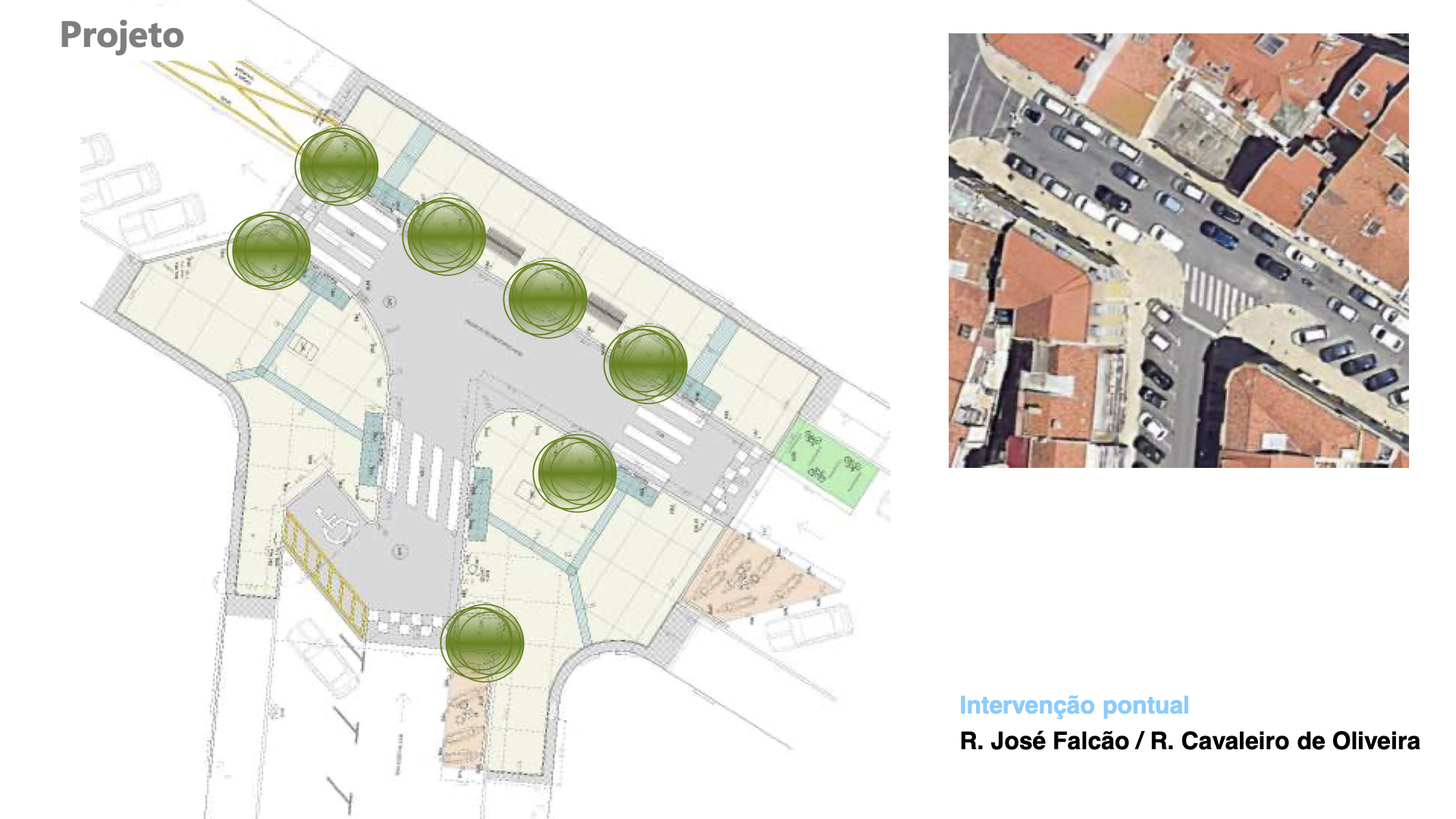
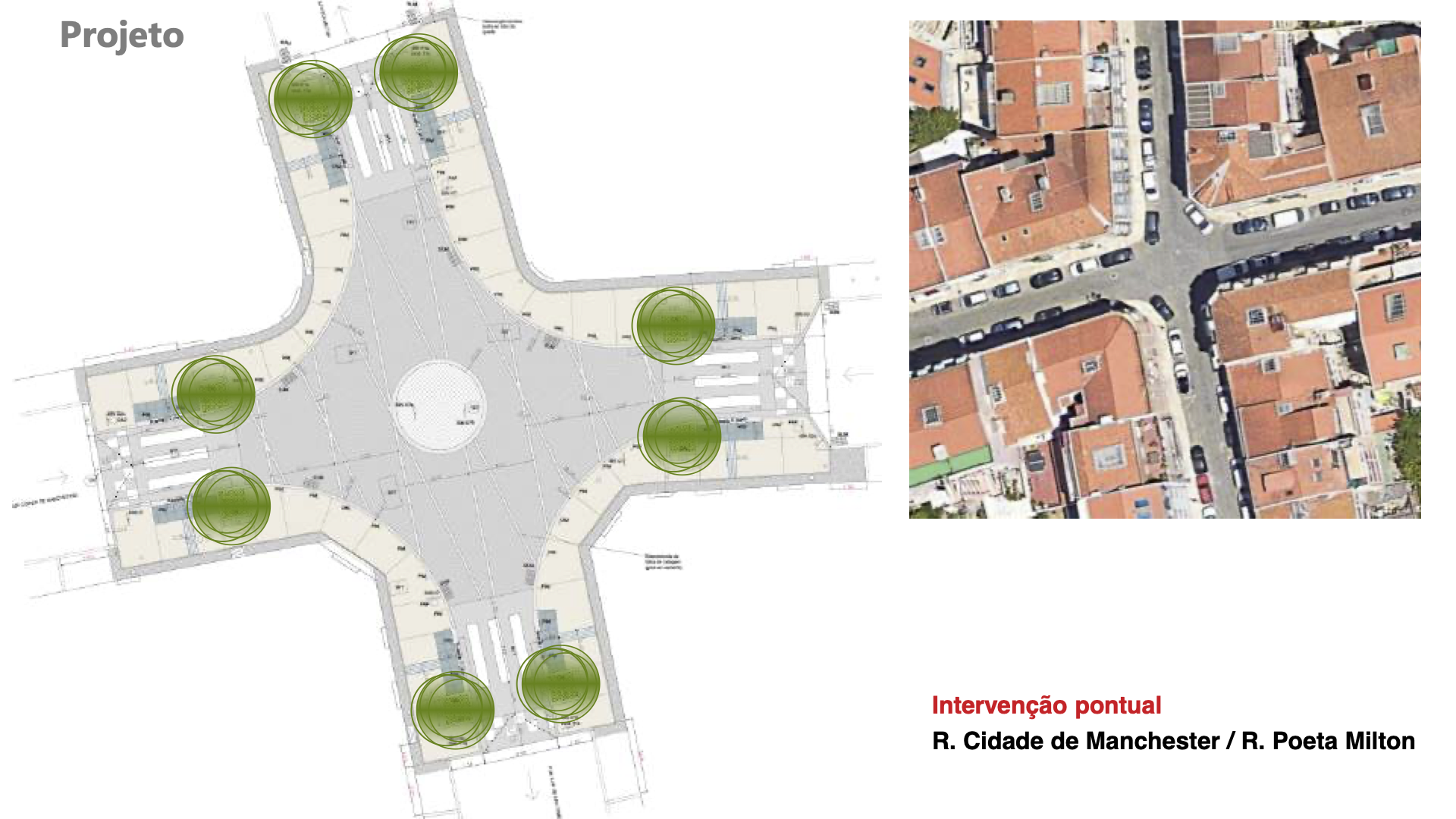
O Cooling Down The City also includes the project Green Streets+presented earlier this year to the population of the parishes of Areeiro and Arroios. This initiative promises to create a wooded pedestrian corridor along the streets Carlos Mardel and Francisco Sanches, in order to form a continuous axis between the Casal Vistoso Urban Park and the Caracol da Penha Garden, which is scheduled to open on July 14.
O Cooling Down The City will include other actions, besides afforestation, to mitigate the urban heat island effect in the city and make Lisbon more resilient to climate change. The program also seeks to address threats such as soil sealing or the blocking of cooling winds and breezes, and will also involve placing water features in the urban environment and providing new sources of drinking water. In essence, this program aims to, respond to the temperature increase (especially of the maximum values) that is predicted for Lisbon and that is the greatest climate threat to the city until the end of this 21st century - with negative impacts on natural ecosystems, public health, and socioeconomic activities.
In fact, the climate change projected for the Portuguese capital anticipates, by the end of the 21st century, an increase in the average annual temperature (plus 1 to 4 ºC), as well as in the minimum and maximum daily temperature; a sharp increase in the maximum autumn temperature (plus 2 to 5 ºC), an increase in the number of days with temperatures equal to or higher than 35 ºC and tropical nights, and the occurrence of more frequent and longer heat waves. On the other hand, the temperature increase is locally aggravated in areas of high urban occupation, with the occurrence of the urban heat island phenomenon. These heat islands are more expressive the more densely built is the urban environment, due to its greater absorption, retention and generation of heat, and the smaller the presence of green (vegetation) and blue (water) infrastructures.

